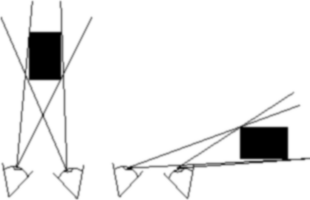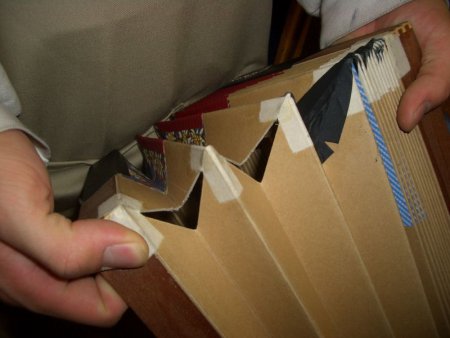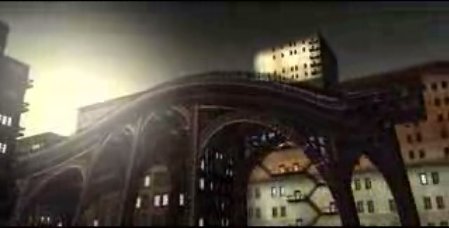
One of the interesting unknowns is the question wether the brain acts -at least partially- as a quantum computer. The discussion seems to have gotten again a boost – considering the number of conferences organized on this issue, like the already mentioned January swiss conference or the conference Quantum Mind organized by the center for consciousness and the Uni Salzburg or the conference Toward a Science of Consciousness 2007 in Budapest organized by the Hungarian Cognitive Science Foundation.
A reason for this boost may partially be due to the fact that optical imaging and mapping techniques are vastly improving. Optical imaging techniques are popular since they provide a noninvasive method to study the brain, like e.g. in experiments by Ed Boyden et al. were neurons were photostimulated via Channelrhodopsin-2 and other proteins (see also here) (where I have to say that the in the article mentioned lentiviral gene delivery sounds rather scary to me) or e.g. the interesting optical techique of OCT-Optical coherence tomography (or LMU OCT) using interferences of light with short coherence length.
OCT can currently be only used for investigating thin layers like skins, as can be seen at the above crumpled scan of a fingertip or – whats more important e.g. for investigating the retina – a thin layer of neural cells that lines the back of the eyeball.
Using a new way of organizing light pulses (FDML) researchers were able to provide rapid, high-resolution 3-D images of the retina as was presented on the Conference on Lasers and Electro-Optics, Quantum Electronics and Laser Science Conference by the Optical Society of America.
Why is the retina and the layers around it particularily interesting? Because the retina is capable to transmit a signal of a few photons, leaving enough space for quantum mechanical considerations, like in the famous discussion in here, where – even if this seems unrelated – e.g. the true size of a graviton may play a role.
As it seems the current believe is that brains probably do not act as quantum computers mainly due to the “disturbancies” of the information by the surroundings, which leads to decoherence – a general problem also for technical quantum computers. Among others there is some hope to get better results with regard to disturbances with the help of topological quantum theories, which can be imagined (very very loosely speaking) as quantum versions of solitons, i.e. waves which are very stable.




